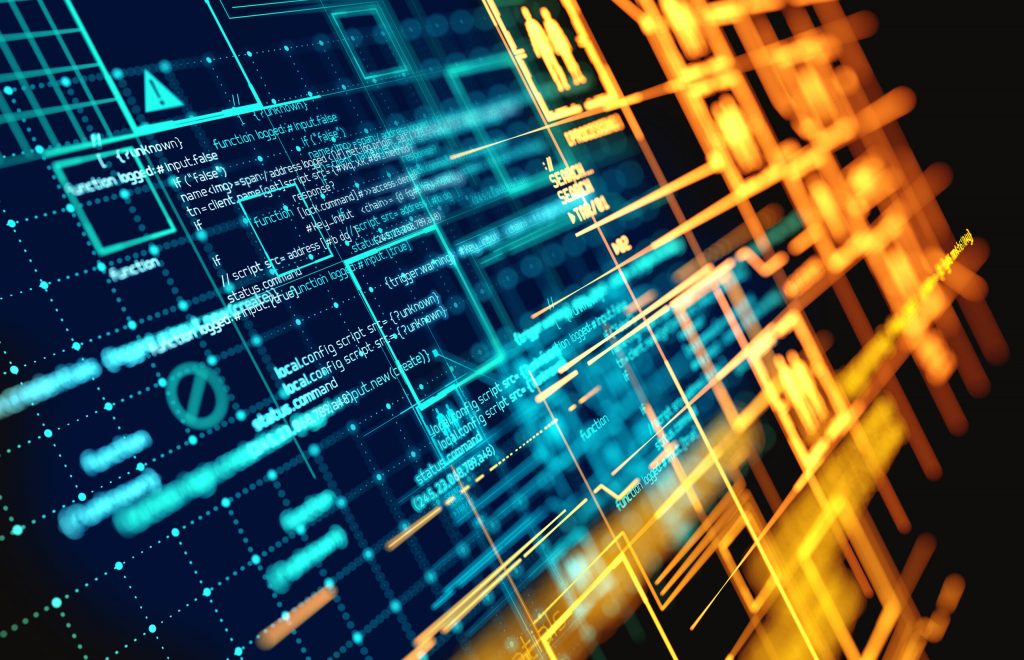What are modern information systems
In this article, we will talk about what modern information systems are – they are multifunctional databases with huge information arrays. For their efficiency, not only the appropriate equipment is needed, but also the information itself.
Data in information systems can be added in two ways: from electronic and non-electronic media. In the first option, the speed of obtaining new information is high, and the process itself is carried out with minimal human intervention.
The simplest and most affordable example of this method of obtaining data will be elementary copying of files from an external drive to a computer. Otherwise, obtaining new information depends solely on the person, since it is the operator who uses the information system who manually enters data from paper documents.
Files from other electronic media are quickly and easily transferred to the information system, but copying information from printed paper products is a rather long process.

Modern information systems
Data in information systems obtained from non-electronic media are mostly entered manually. This is a difficult process, the correctness and duration of which directly depends on the operator of the computer set. If a person is not particularly careful when entering information manually, the risk of entering inaccurate information will increase significantly.
To avoid this, methods of checking the validity of manually entered data are being developed. In order to increase the speed of information input by a person, the workplace is properly arranged. Sometimes, to optimize manual data entry – in particular, information provided in tabular form, layouts of future tables are already present in information systems. This allows you to slightly increase the speed of data entry and minimize automatic errors and typographical errors that can be made by a human. Today, the 1C accounting program can serve as an example of this type of system.
Only manual input of information from paper is a relic of the past. Modern technologies have led to the fact that data in information systems from non-electronic media can be entered with the help of special technical devices. For example, paper with information is scanned using an ordinary office scanner, and then special external programs analyze the received image and convert it from a graphic file into a text document. It is clear that information from electronic media is faster and easier to enter into the database, but modern technologies allow you to automate even the retrieval of files from non-electronic media.
